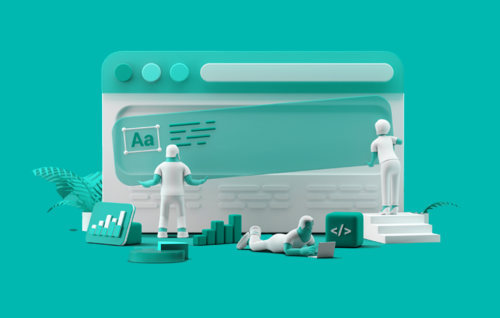The uptake of remote working in the last few years, has reshaped the way that many organisations in the media industry operate. Teams have the same goals and responsibilities, whether working on premise or remotely, however, the stakes are much higher for the latter. Ensuring seamless collaboration is maintained across departments, without compromising on security is vital. But when teams are dispersed, it’s also important that technical infrastructure is user-friendly enough to keep everyone engaged.
With remote workflows and virtualisation, ensuring that tools are easily accessible regardless of location has become a given. But the way that media professionals interact with user interfaces and move between different systems is often overlooked. User experience (UX) is a crucial aspect of any workflow; get it right and it creates a positive working environment, get it wrong, or even fail to consider the UX altogether, and the user is left unsatisfied and demotivated. The UX encompasses all aspects of a user’s interaction with a media workflow, including the design, functionality, and the overall feel. By incorporating key elements into the design and development of remote workflows, broadcasters, content owners, and post-production studios, are essentially enhancing the productivity of their teams.
There are several key principles that contribute to effective UX. These include:

